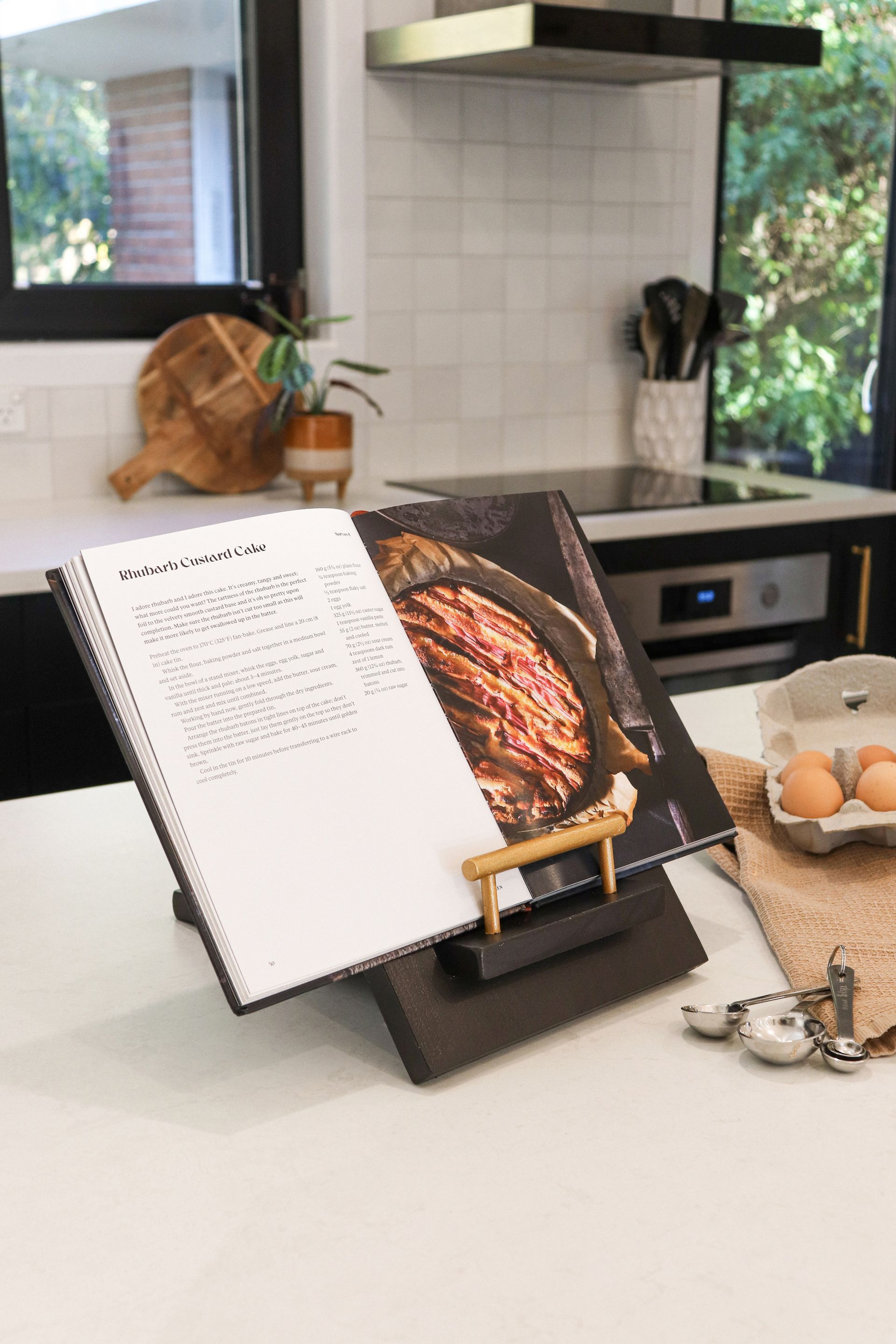When the world is in a state of constant disruption it is even more important to keep an eye on possible futures, for all businesses and communities as well as schools. Dr Cheryl Doig explains.
I recently spotted a sign outside a school that read: ‘We Teach the Future’. What did they mean? Can you teach the future when you don’t know what the future is? My response was, yes we can and we must! We can be more prepared for what the world throws at us if we can anticipate multiple possibilities. There is not a single future or a one size fits all.
The World Economic Forum has identified four skills that are needed to thrive in the future – futures literacy, anticipation, systems thinking and strategic foresight. That might sound a bit grandiose but it boils down to being taught to think and to connect ideas and people. These skills can be, and are being, developed in our schools.
Some of your children may be involved in school programmes such as Future Problem Solving or Philosophy for Children. Children and adults who have been part of programmes such as these have developed the ability to think critically, to work in teams and to explore multiple futures. But these programmes can also be elite, with some schools selecting a small group they deem worthy or having a high enough ‘IQ’ to take part. Sometimes there is added parent pressure on a school to have a child enrolled in one of these programmes. All our young people can take part in these programmes if they are woven into the curriculum and into the conversations we have in our homes.
One global programme, Teach the Future, sets out to make futures more accessible for all children. Educators and young people across the world can use this programme to grow futures thinking skills and to connect with others from every corner of the globe. So rather than futures thinking being an elite or streamed pursuit, it is democratised – available for all children. The days of believing IQ is set or that intelligence is just about academic success are gone. All deserve to have access to the four skills identified as needed in order to thrive in the future.
Teaching futures thinking is one of the ways we can combat the rise of misinformation and abusive behaviour. It can help us be open-minded and outward-looking rather than polarised and insular. If we are to combat extremism we need to work together as a society. Civics, ethics and trustworthiness are important for us to value and should provide a base for us and our children as we address the many challenges the future throws at us.
Findings from the 2022 Edelman Trust Barometer highlighted the increased trust we have for the people in our immediate vicinity. This is a closer knit group than ever before. It is you, me, parents, whānau, teams. Government, media and experts are less trusted. Our circles of trust seem to be shrinking, something I consider to be a global pandemic of the relationship kind. At the end of the day trust is built on relationships so let’s add relationship building as a critical skill needed in order to thrive.
Our young people need to be caring and active members of society. Trust helps create hope and is a pathway to wellbeing. Right now our children need this so that we can ‘Teach the Future’ together.
Dr Cheryl Doig is a leadership futurist who follows leadership trends and research and translates these into practice, working internationally and virtually with organisations, business leaders and educators.
Her passion is for challenging organisations to think differently in order to adapt to a changing future – to think beyond their current leadership realities, while still using the best of the past.
Dr Chris Jansen is a director and senior consultant with Leadership Lab and works alongside organisations in the education, health, business and community sectors on a range of projects. Chris is also a senior lecturer at the University of Canterbury, where he teaches the Master of Business Administration and Postgraduate Diploma of Strategic Leadership.
Recent stories






